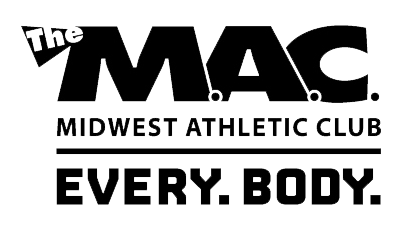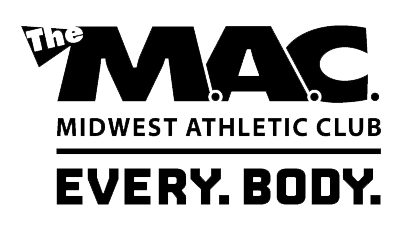Thinking about your body before pregnancy and wanting to get healthier for you and your child are great motivators. Exercise not only benefits your physical health as a mother, but it also will improve your mental and emotional well-being.
There are plenty of benefits of postpartum fitness, including:
- It helps you fight off fatigue and increase your energy levels. A workout can replenish your energy rather than deplete it.
- It helps alleviate worry and anxiety. Whether it be lack of sleep, fluctuation in hormones or different emotions, 10 minutes of exercise can help to boost your mood and give you that much needed sense of confidence and control.
- You’ll build strength for new daily mom tasks. New parenthood might be one of the most physically demanding jobs. You’ll need to pick up, carry, feed and rock the baby, while keeping up with your other daily tasks. That is why it is important to focus on training that strengthens your muscles.
A sample postpartum workout plan
Once cleared by a physician to begin working out, start slow. During pregnancy, the body cycles through many changes. Respect those changes and give the body time to adjust accordingly.
When returning to exercise, it’s important to recognize that you can’t just return to where you were before the pregnancy. Yes, if you were doing high-intensity exercise before, you can get back to that eventually. But for now, focus on gentle exercise instead. Once you’ve rebuilt your strength and endurance, you can kick your exercise program back up.
Here are a few strength-training exercises that fall into the light exercise category.
- Walking lunges. Start in a standing position. Take a large step forward with one leg, then lower the body down until the front knee is at a 90-degree angle. Step the back leg forward to a standing position. Start again with the opposite leg.
- Overhead press. Start in a seated position, holding weights at your chest. Lift the weights overhead and slowly lower them down.
- Bench press. Lie on your back, weights at your chest. Press the weights toward the ceiling and slowly lower down.
- Bird dog. Begin on all fours. Engage your core, keeping your back and pelvis still. Reach one arm out in front of you while extending the opposite leg behind you. Return to start and repeat on the other side to complete one rep.
Adding baby to the postpartum workout
A new mom doesn’t have to leave her baby to work out. She can still build her strength and endurance by exercising with her infant child. Including the baby means mom and baby get to spend time together, which is always a win.
A good stroller makes it easy to bring the baby along for walks. Also, holding the baby can add weight and resistance to several postpartum workout exercises, such as:
- Walking lunges. Hold the baby against your chest as you move through your lunges.
- Overhead press. In a seated position, hold your baby at your chest and then lift the baby overhead and slowly lower down.
- Chest press. Lie on your back with your baby on your chest. Press the baby up toward the ceiling and slowly lower down.
- Situp. Lie on your back, knees bent with feet on the floor, and the baby at your hips. Engage your core, lifting your upper body to your baby until your shoulders are off the floor. Hold, then release back down.
For each of these or any other baby-inclusive exercises, practice without the baby first. This helps ensure you have the moves down. Then make sure you can provide the correct support for your baby. Some exercises may require the baby to hold its head up, so save those exercises for later in the workout plan if your child isn’t ready yet.
As a mom, I understand that having a baby brings a great deal of changes, especially to a mother's body. Some changes are only temporary and revert on their own. Others are permanent and become the new normal. Reduced fitness is one of the most common side effects that may not revert right away after pregnancy. However, it certainly does not have to be on the list of permanent changes either.
-Isabela Joyce, Certified Personal Trainer


